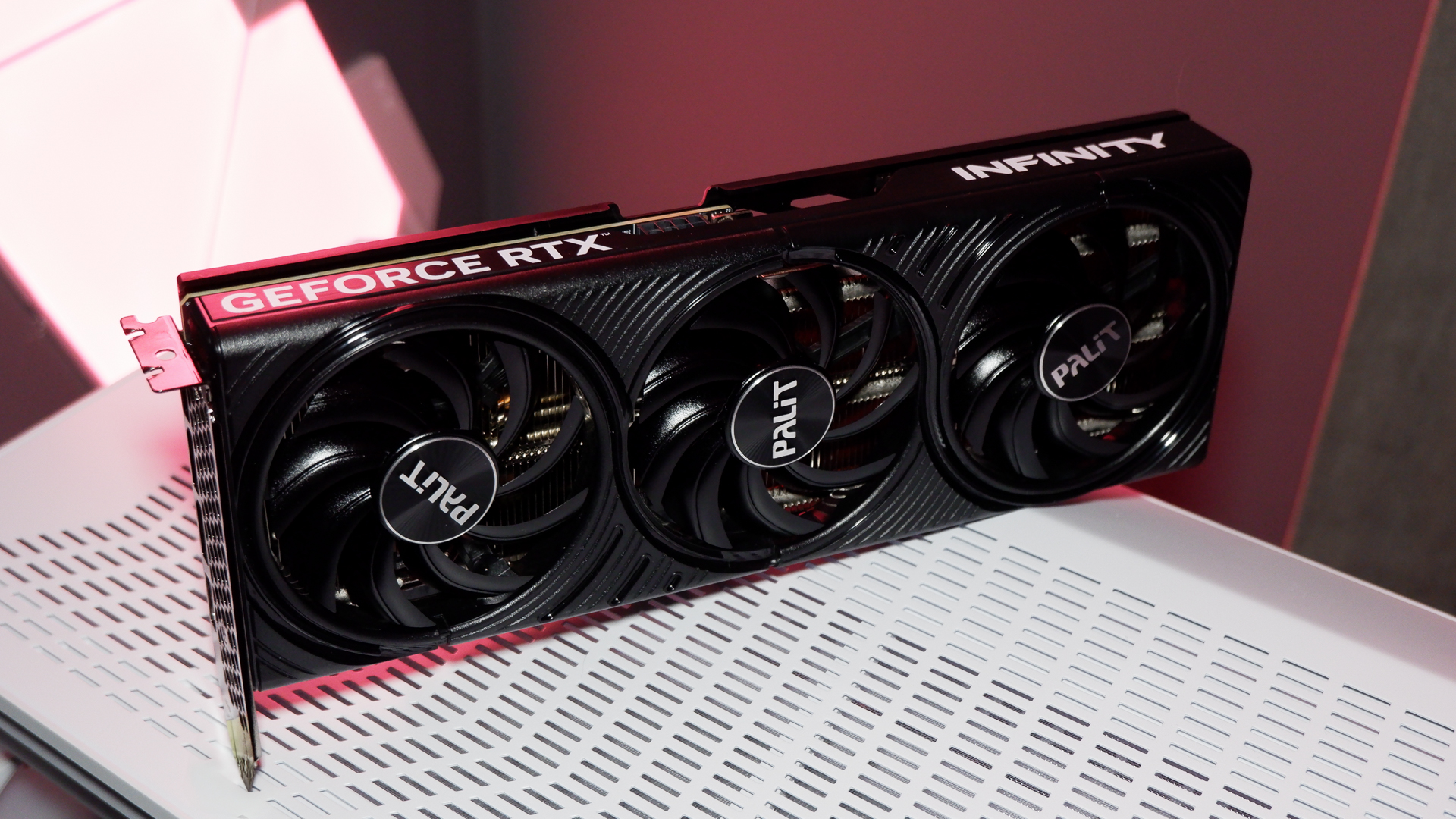A new portable SSD aims to smoke your USB flash drive with 1,050MB/s transfers
This could be the fastest thing in your pocket.

Have you ever wondered how much time of your life has been wasted waiting for file transfers to complete? Neither have I, but I'm sure if there was a tally of such a thing somewhere, it would be mighty depressing. Or sobering. Either way, there are faster ways of whisking files to and from your pocket than whatever you're using now, assuming you use a tried-and-tried USB flash drive. Transcend announced one this week—a portable SSD with USB 3.1 Gen 2 support for ultra-fast file transfers.
The whole USB thing is a bit of a mess right now, because the standards body that oversees the spec feels it's a good idea to keep renaming things. I'll get to Transcend's drive in a minute, but first I want to recap where things currently stand, in terms of the nomenclature.
Earlier this year, the USB Implementers Forum (USB-IF) announced that USB 3.2 is absorbing all prior USB 3.x specifications. So, USB 3.2 can refer to three different transfer rates:
- USB 3.2 Gen 1: 5Gbps
- USB 3.2 Gen 2: 10Gbps
- USB 3.2 Gen 2x2: 20Gbps
Things get really confusing when factoring in marketing terms, and trying to follow the evolution of the USB standard—for example, what used to be USB 3.0 morphed into USB 3.1 Gen 1 and is now called USB 3.2 Gen 1, also referred to as SuperSpeed. And on top of it all, there is a USB4 (not USB 4, with a space) spec on the horizon.
Here's a simpler breakdown:
- USB 1.1 ---> still USB 1.1 (Full Speed)
- USB 2.0 ---> still USB 2.0 (High Speed)
- USB 3.0 ---> USB 3.1 Gen 1 ---> USB 3.2 Gen 1 (SuperSpeed)
- USB 3.1 Gen 2 ---> USB 3.2 Gen 2 (SuperSpeed 10Gbps)
- USB 3.2 Gen 2x2 (SuperSpeed 20Gbps)
Okay, back to Trancend's new ESD350C portable SSD. It features a USB Type-C port and supports the USB 3.1 Gen 2 standard, which I've bolded above. Transcend is using the old nomenclature, as was bound to happen when USB-IF took us down this mess road.
The drive itself only has a USB Type-C connector, though it comes with both a USB Type-C cable and a USB Type-C to Type-A cable, the latter of which will let you plug it into a thicker (and more commonly found) USB port.
The biggest gaming news, reviews and hardware deals
Keep up to date with the most important stories and the best deals, as picked by the PC Gamer team.
Either way, you'll need to jam this thing into a 10Gbps USB 3.2 Gen 2 (or USB 3.1 Gen 2) port if you want it to operate at its fastest. All I can say in that regard is check your motherboard or laptop manual if you're unsure what spec(s) your system offers.
Provided you do have a 10Gbps USB port, Transcend says this portable SSD delivers up to 1,050MB/s of read performance and up to 950MB/s of write performance. So around 1GB/s on both fronts.
USB flash drives are typically much slower. Take SanDisk's Extreme CZ80, for example. It tops our list of the best USB flash drives, and it's rated to deliver up to 245MB/s of read and 190MB/s of write performance. Big differences there.
Samsung's SSD T5, the best portable storage drive, is a more worthy competitor, though still slower (on paper, anyway). It's rated to read and write data at up to 540MB/s. The faster Samsung XT, on the other hand, is a portable SSD with Thunderbolt 3 support that is rated to read and write data at up to 2,800MB/s and 2,300MB/s, respectively.
Transcend's rated specs are well below those metrics, though it doesn't require Thunderbolt 3 connectivity. It's also still incredibly fast (as rated) in its own right.
Unfortunately, Transcend has not announced any pricing information yet, though it did say the ESD350C will be available in 960GB, 480GB, and 240GB capacities, each backed by a three-year warranty. For a look at the broader world of SSDs, check out our roundup of the best SSDs for gaming, or to really drill down, our guide to the best NVMe SSDs.
Paul has been playing PC games and raking his knuckles on computer hardware since the Commodore 64. He does not have any tattoos, but thinks it would be cool to get one that reads LOAD"*",8,1. In his off time, he rides motorcycles and wrestles alligators (only one of those is true).


